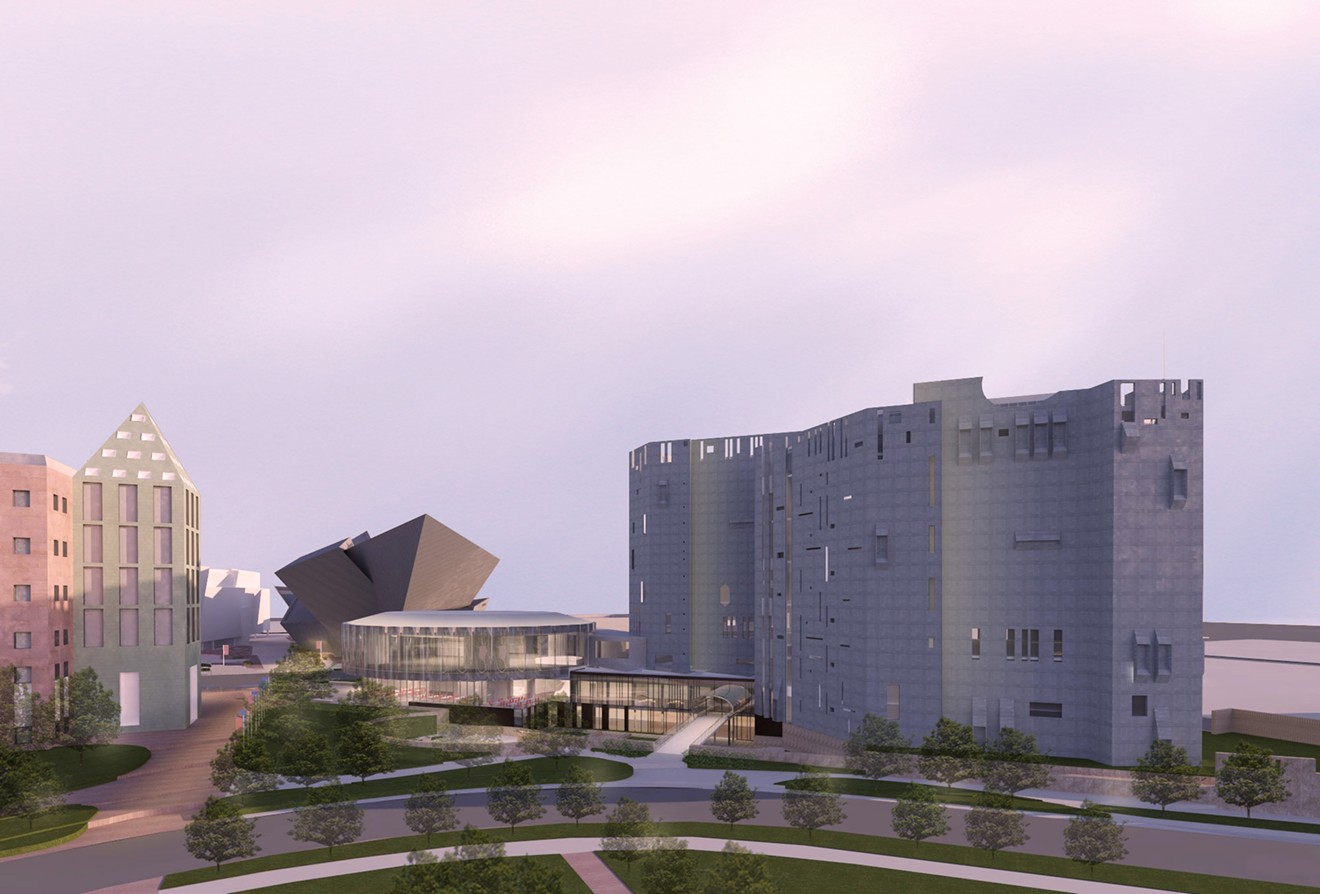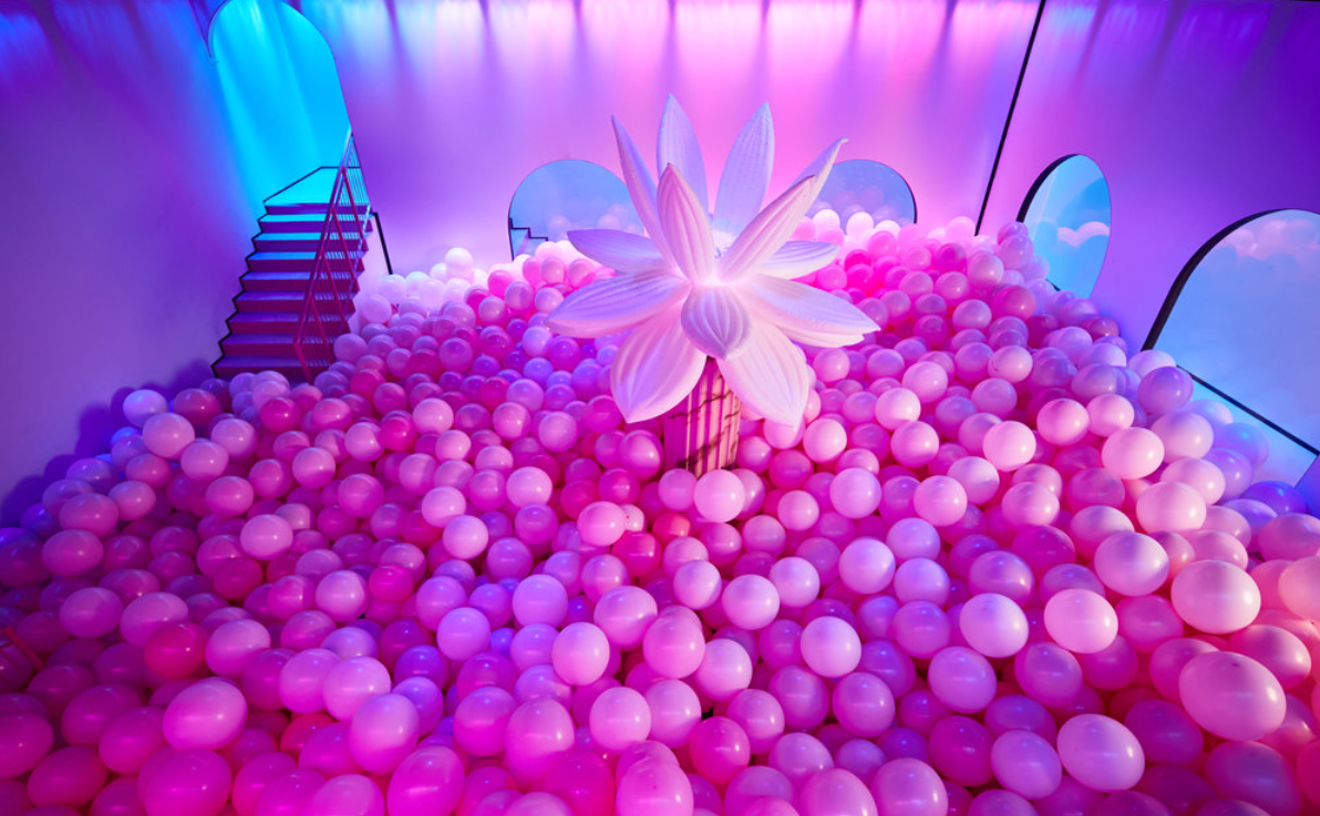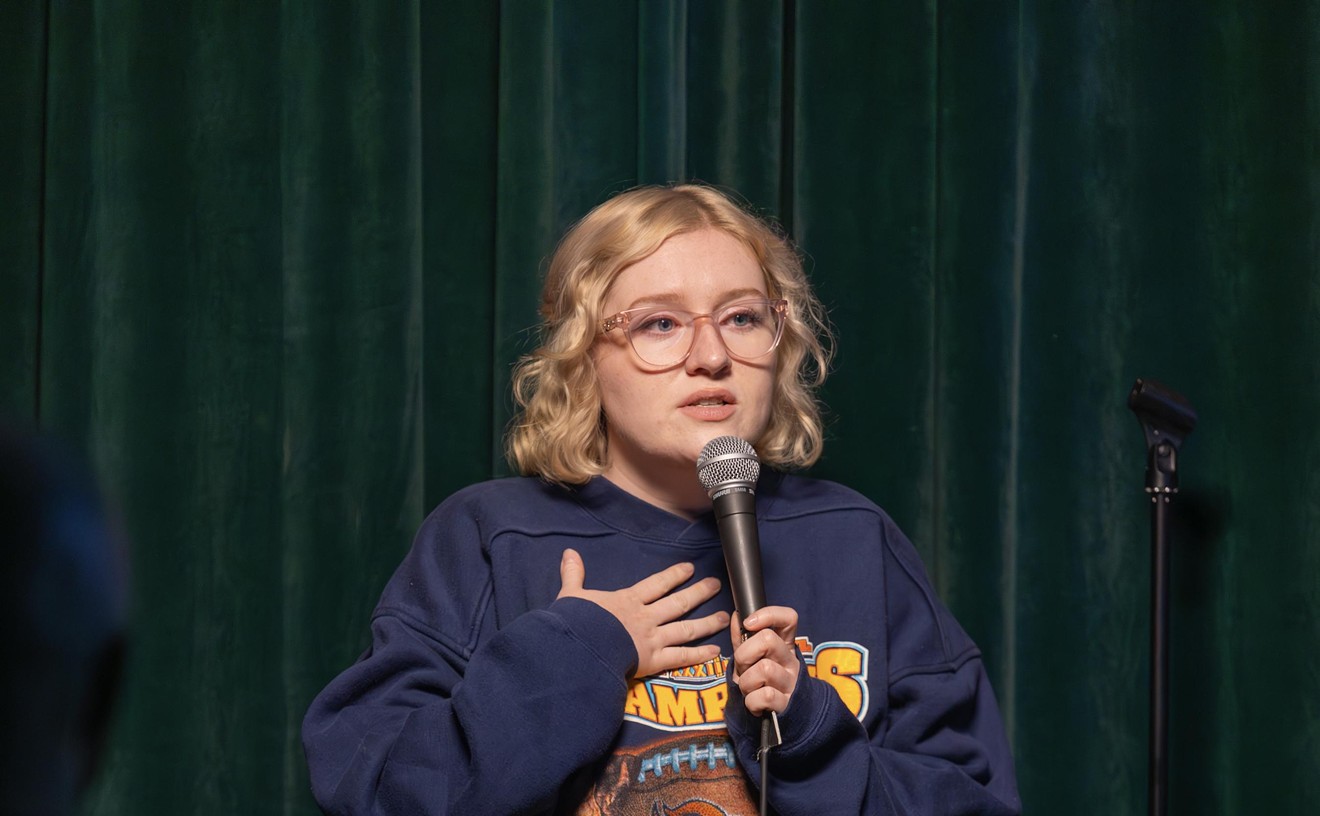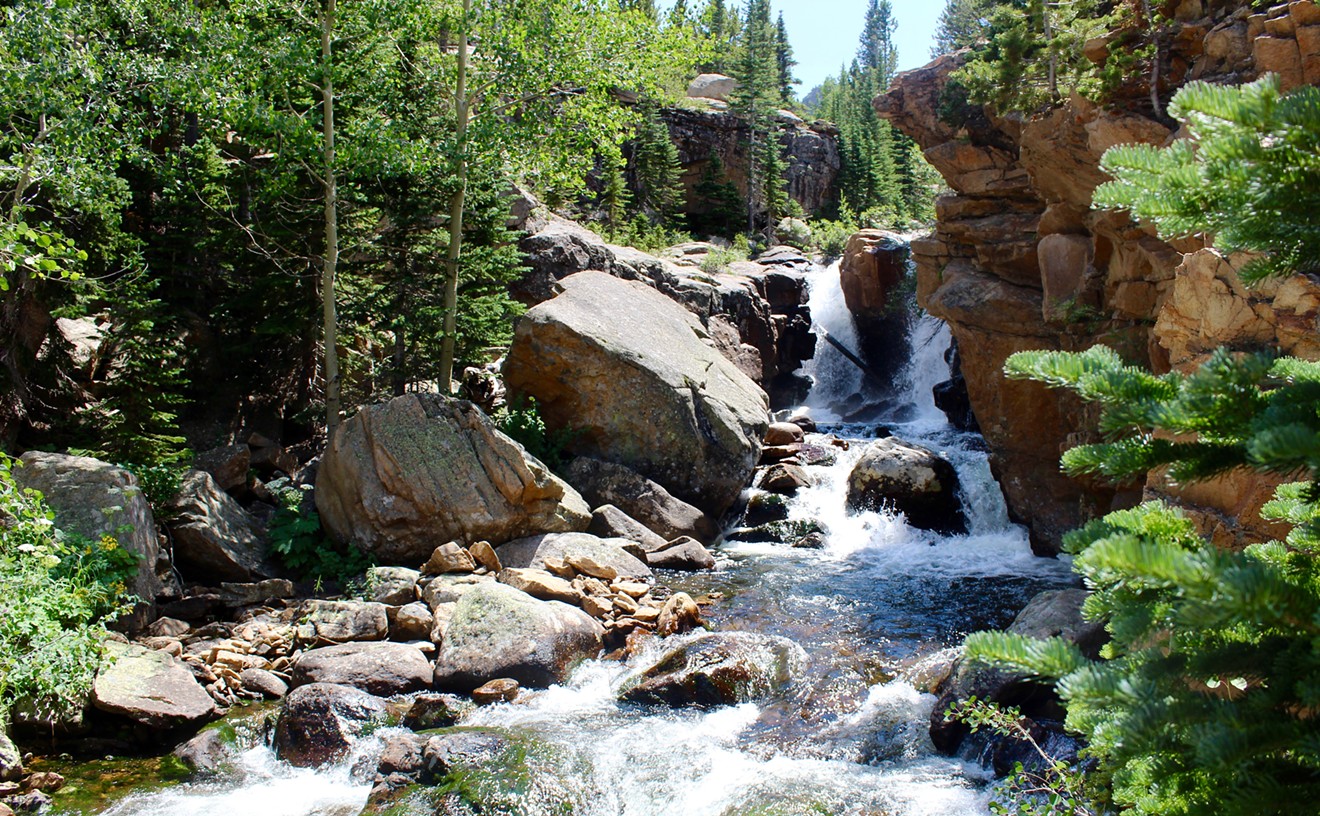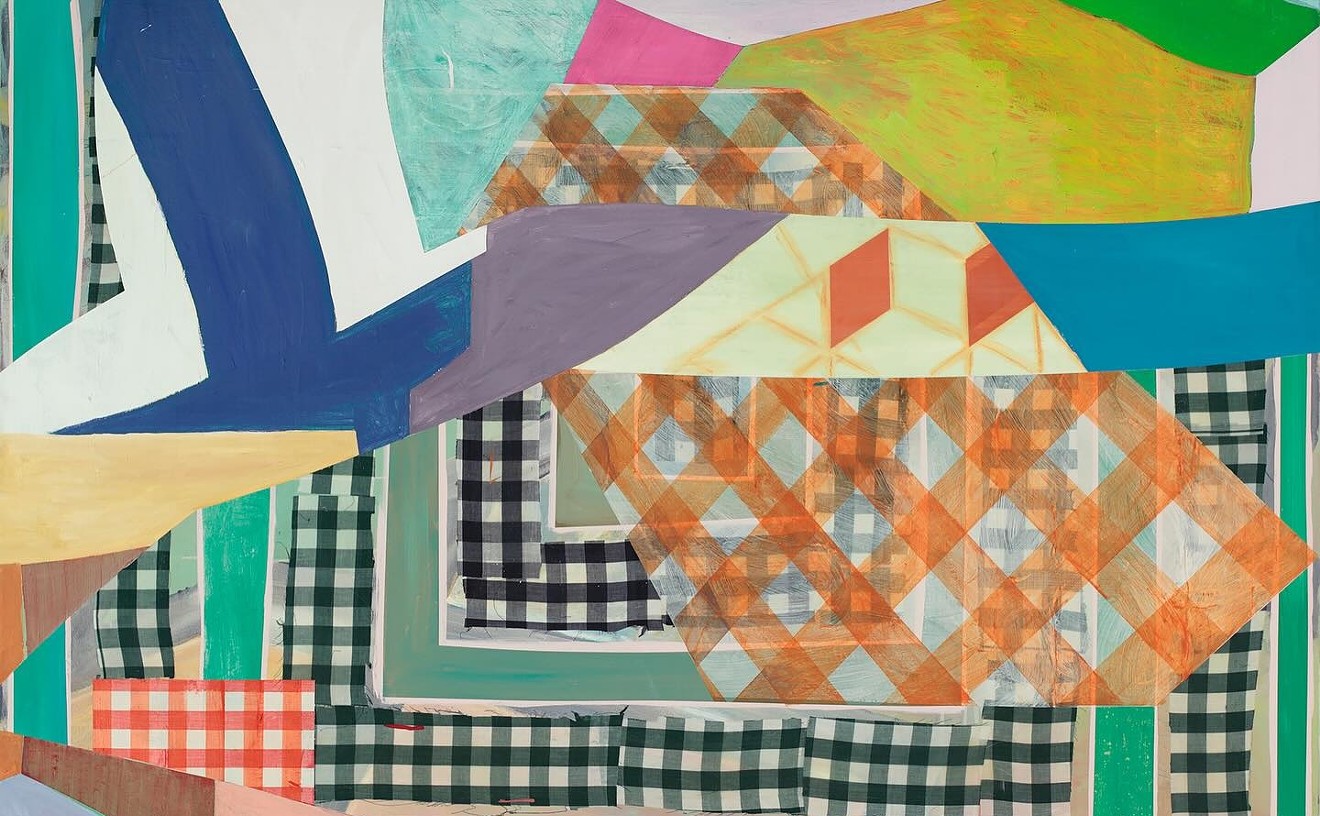The brutalist-style building sits on the south side of the Civic Center on West 14th Avenue Parkway, right across Acoma Plaza from the Denver Public Library, itself an architectural wonder. Though the Ponti has been well-maintained since it was built in 1971, the intervening decades have taken their toll. The silvery tile cladding is in desperate need of restoration. The exterior lighting system, meant to highlight the dimensional patterns on the overlapping planar facades, hasn’t worked for years. The gaskets on the windows — many of which are unusual and unique in shape — are failing. The plumbing, heating, air-conditioning and every other kind of utility also need to be replaced. And then there are those elevators!
The goal of this $150 million project isn’t just to give the Ponti a facelift, but also to create a visual (though not literal) connection between it and the freestanding Hamilton Building across West 13th Avenue. The solution is the creation of a new, built-from-the-ground-up pavilion to replace the fragment of an earlier rendition of the museum that’s attached to the Ponti.
Christoph Heinrich, the DAM’s director, acted as emcee throughout the groundbreaking ceremony, which started in the enormous Ponti Hall. The program included remarks and a blessing by John Emhoolah, a Native American holy man, who said that the area we now know as Denver had been a trading place for the Native peoples of the plains, including the Kiowa, Arapaho, Lakota and other tribes. So he felt it was important to bless the project that was being built on such a significant site.
Heinrich told the good-sized crowd about the plan to preserve the Ponti for future generations and thanking the people who are making the project possible, including around two dozen donors who had given more than a $1 million each...and some of them much, much more. Heinrich acknowledged several by name, including Anna and John J. Sie, who donated $12 million; the new pavilion will be named for them.
Lanny and Sharon Martin kicked in $25 million at the start, just to get the ball rolling. As a result of their generosity, the Ponti, which had gained the bland moniker of “North Building” after the Hamilton was added, will be renamed the Martin Building. When Lanny Martin spoke, I was struck by his observations about how much the area around the Ponti has changed since the building opened, and especially in the past ten years. Former surface parking lots have been replaced with important cultural landmarks, including the DPL, the Hamilton, the Clyfford Still Museum, the History Colorado Center and the soon-to-open Kirkland Museum. Sharon Martin, who led the capital campaign, acknowledged the generosity of the community in funding this project and recognizing the importance of preserving the building.
Tom Congdon, a longtime head of the DAM's board of trustees, had the crowd laughing when he revealed that fifty years ago, he couldn’t believe the Denver Art Museum was going to be able to raise the $4 million needed to build the Ponti.
In introducing Jorge Silvetti, chief designer of the pavilion and a Ponti enthusiast (architect Curt Fentress is also on the project), Heinrich recalled how Silvetti once showed him an image of a Cézanne still life that had been altered to remove one element, then showed him an image with the element back in place, as the artist intended. It was an orange. Silvetti told Heinrich that the DAM campus was missing its orange — hence the new pavilion, which takes the shape of an oval solid that’s wrapped in vertical piers of concave curved glass panels. Though it’s Silvetti’s work, it’s very Ponti.

Groundbreaking group (from left): Michelle Sie Whitten, Curt Fentress, Jorge Silvetti, J. Landis “Lanny” Martin, Anna Sie, Michael Hancock, John J. Sie, Sharon Martin and Christoph Heinrich.
Jeff Wells/Denver Art Museum
The actual groundbreaking took place outside, of course, marked by a performance orchestrated by artists Jennifer Ghormley and Pam Fortner, who collaborated with Drone Dispatch. It featured a group of drones festooned with streamers hovering overhead while a lineup of dignitaries took shovels to a bare patch of the Ponti’s lawn.
For the next few years, we’re going to have to get used to ugly construction fencing running completely around the Ponti, and even the west side of the DPL. But the payoff will be a historic restoration project that will set an international standard and bring back the glitter and glamour of the high-style Ponti. That's surely worth all the inconvenience...and all that money.

